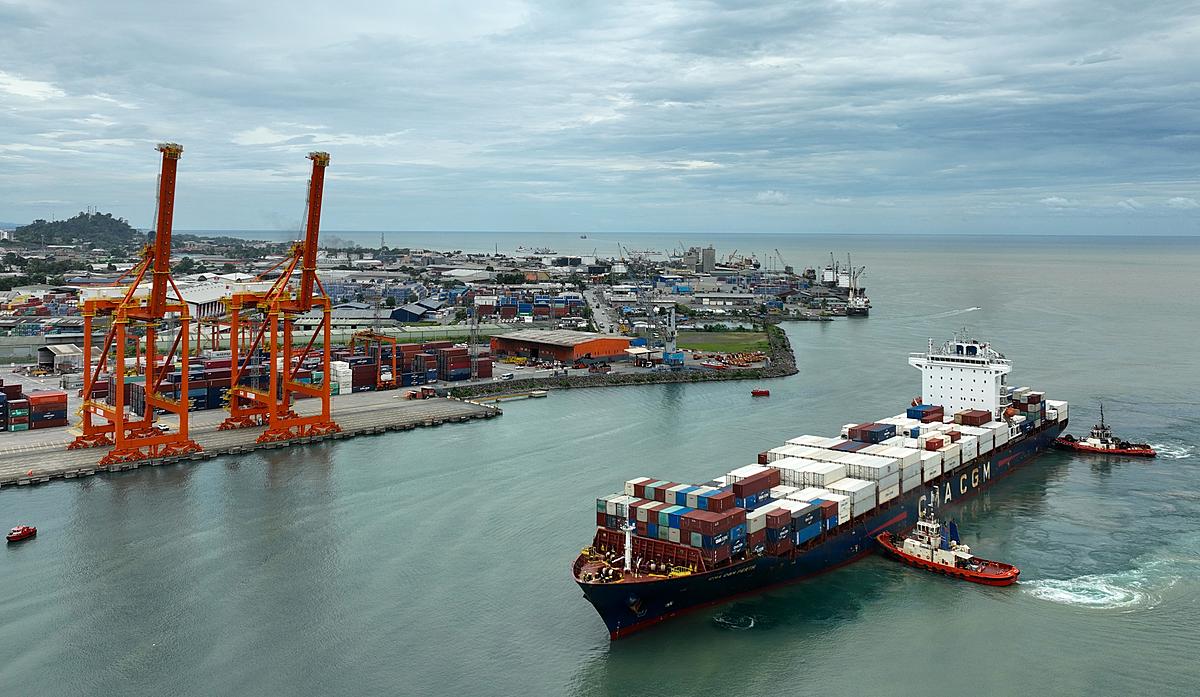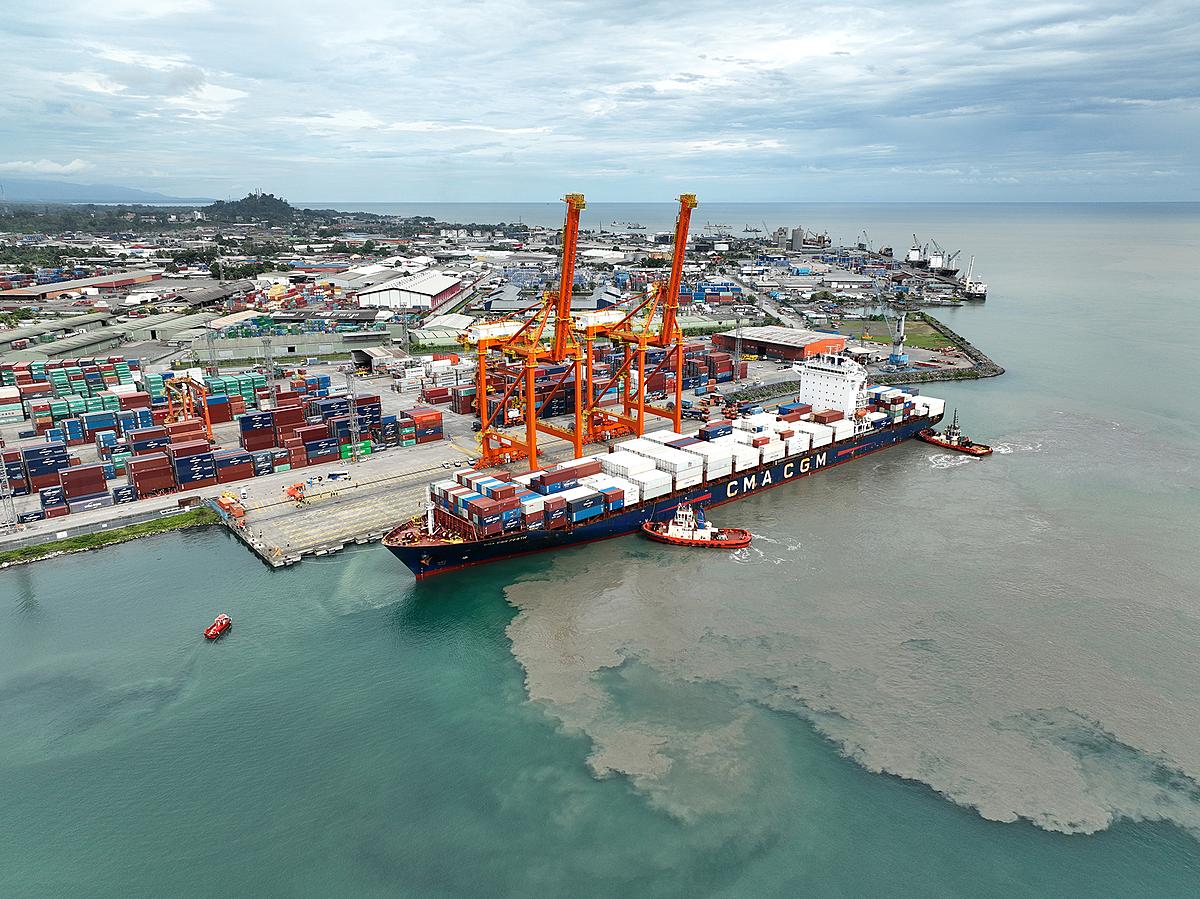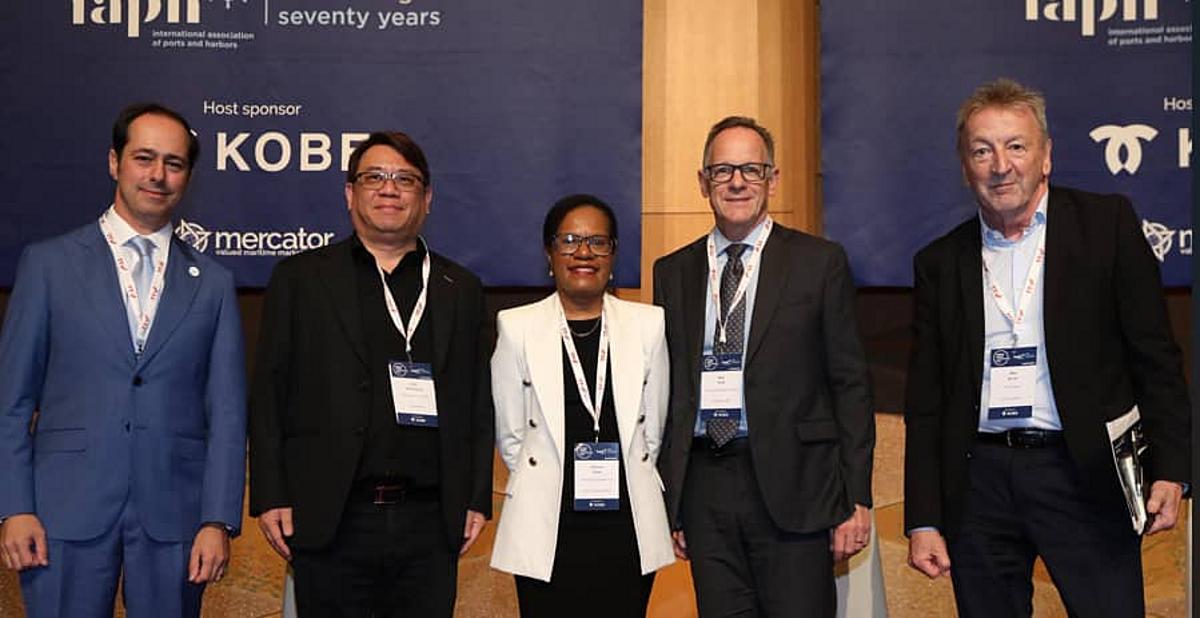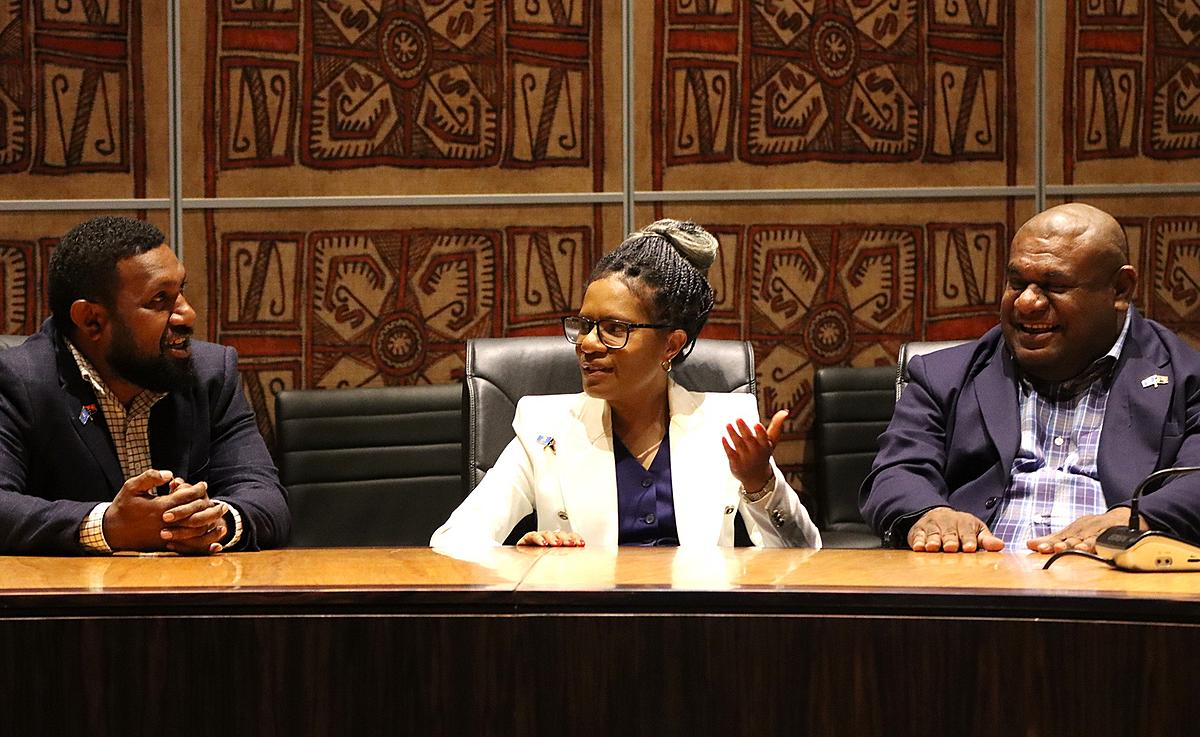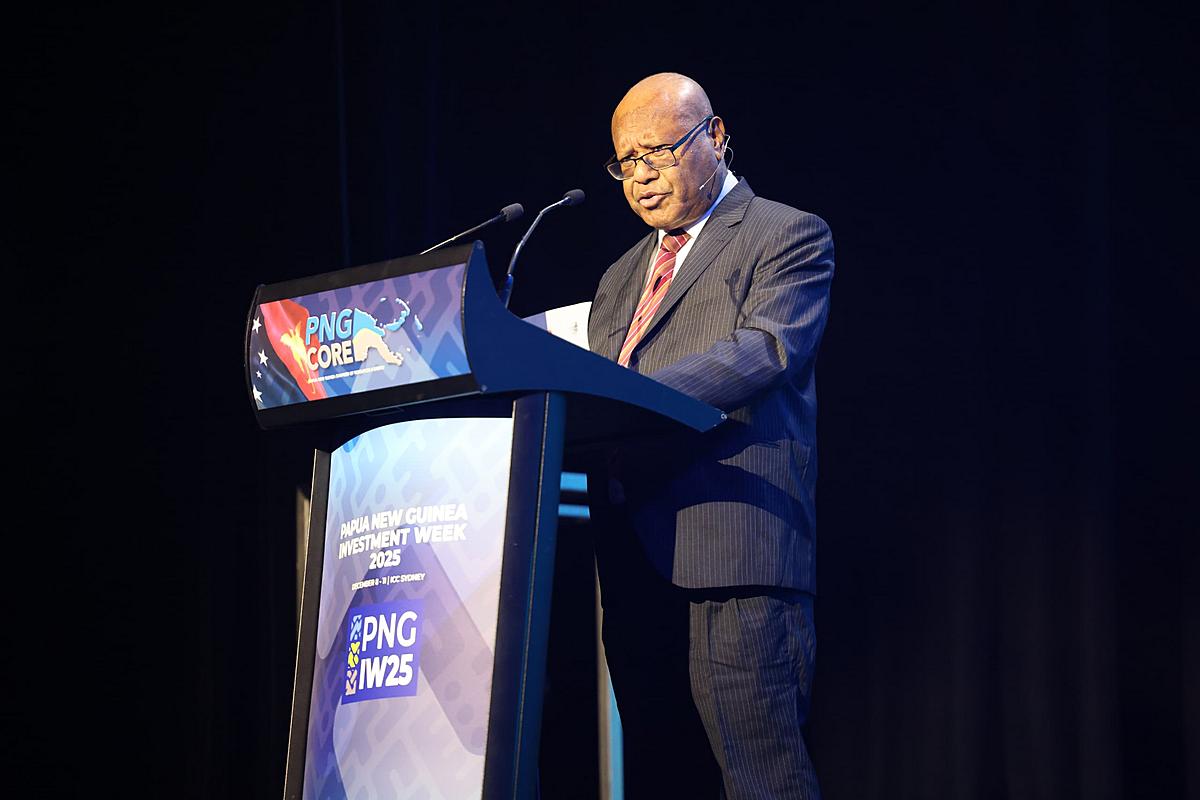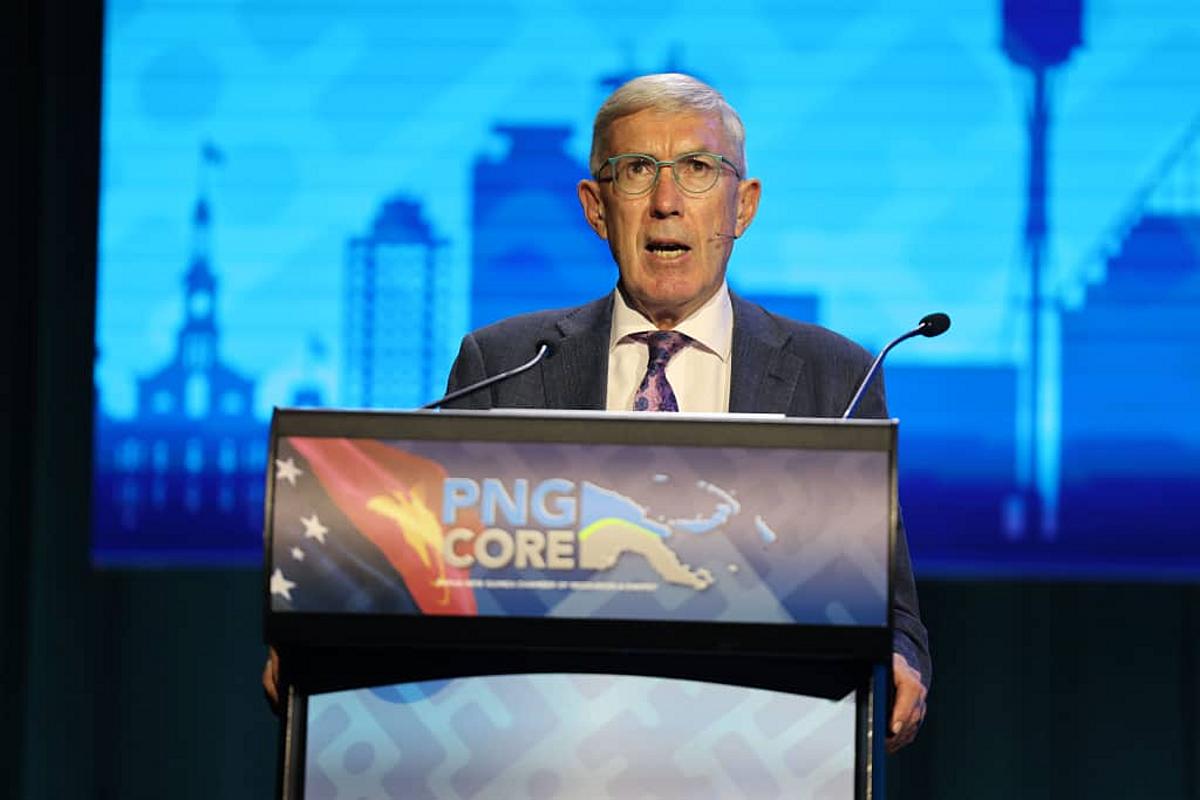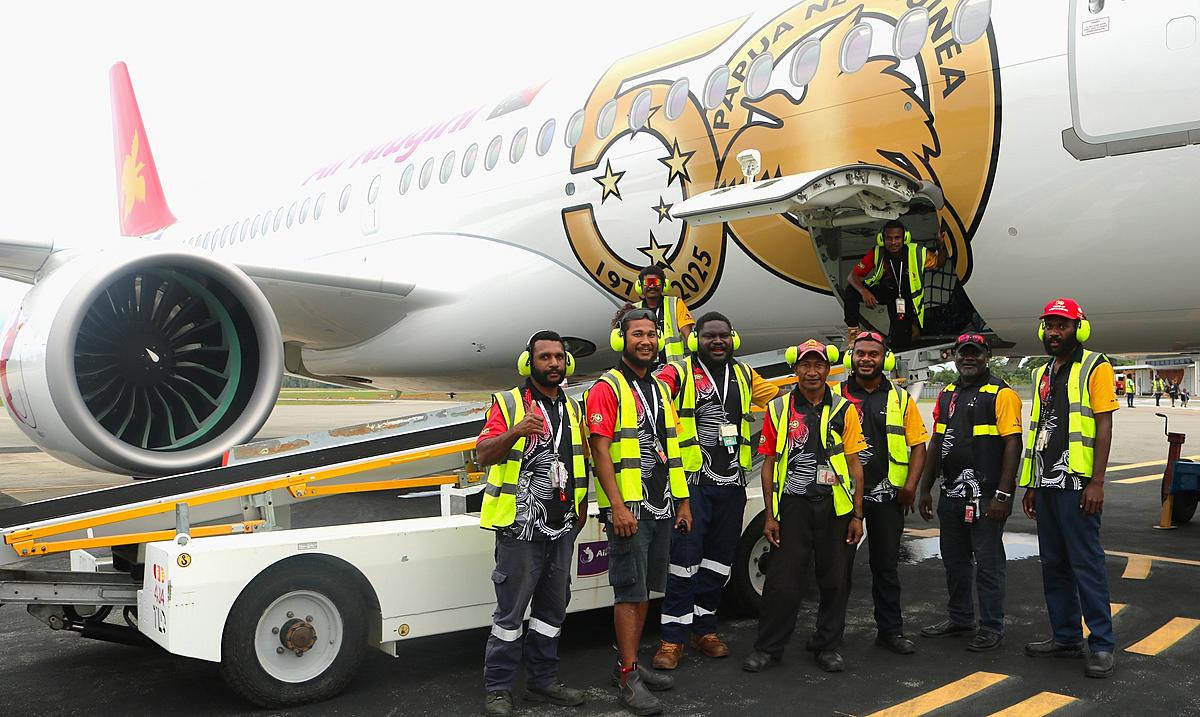PNG Ports Corporation Ltd (PNG Ports), which owns and operates 15 ports across Papua New Guinea, is advancing a major port upgrade program set to transform the nation’s maritime infrastructure. Supported by a combination of international donor funding and internal investment, the decade-long initiative will deliver critical improvements to six ports. Works range from essential dredging and pile replacements at smaller ports to a proposed 240-metre wharf extension at Lae—the country’s busiest international port—as part of its transformation into a key regional transhipment hub.
PNG Ports’ commitment to port modernisation began well before the launch of its current upgrade program. New domestic and international terminals were built at Port Moresby’s Motukea maritime precinct between 2015 - 2018 and a raft of critical infrastructure improvements have been introduced at Lae Port since 2012. These have included a new tidal basin, wharf, terminal yard, and most recently, the 45-hectare Lae Industrial Park.
The development of new port infrastructure in PNG’s two largest cities paved the way for a partnership between PNG Ports and international terminal operator ICTSI, resulting in significant efficiency improvements. According to the World Bank’s 2023 Container Port Performance Index, Lae and Port Moresby outperformed several major regional ports—including Melbourne, Sydney, Brisbane, Auckland, and Napier.
The current port upgrade programme targets the ports of Daru, Kavieng, Kimbe, Lae, Oro Bay, and Rabaul – with a parallel programme of improvements and maintenance for the ports of Lorengau, Vanimo and Wewak.
PNG Ports is partnering with the European Union (EU), the Agence Française de Développement (AFD), and the European Investment Bank (EIB), to upgrade the port at Rabaul, an increasingly popular cruise tourism destination. However, by far the most significant funding partner of the programme is the Australian Government through its Australia Infrastructure Financing Facility for the Pacific (AIFFP).
The AIFFP will help fund the upgrades to Daru, Kavieng, Kimbe, and Oro Bay ports, as well as the potentially 240 metre extension of the international wharf in Lae, part of the Lae Tidal Basin development project. The AIFFP’s A$621.4 million investment comprises a loan of A$521.4 million and grant of A$100 million.
PNG Ports Chair, Harvey Nii, reports that the initial plan was for the AIFFP to fund both the marine and land packages of the port upgrades. However, he explains that “significant construction cost increases globally in combination with PNG Ports’ desire to minimise debt has resulted in PNG Ports electing to self-fund most of the land packages and undertake them at a later date when it is more economically viable to do so.”
Instead, PNG Ports is prioritising the critical and more expensive marine infrastructure of its ports over the land works. Nii explains that “our focus is on first providing PNG with proper wharfs, jetties, quays, ramps and berths before investing in new buildings and roads etcetera. It is the actual marine infrastructure that will help drive PNG’s future growth and prosperity, thus it needs to be built now.”
The wharf at Lae’s international terminal is a piece of PNG’s most significant marine infrastructure. Initial plans were for it to be extended by 150 metres. However another 90 metres is being proposed in line with the vision to transform Lae into a regional transhipment hub. As PNG’s manufacturing heartland and a gateway to major resource projects, Lae is strategically positioned near key shipping routes between Asia and Australia. The port also benefits from its immediate proximity to the newly developed 45-hectare Lae Industrial Park.
Nii describes prioritising the expansion of the Lae wharf as “a financially responsible and strategically astute investment in that it will generate substantial amounts of new business for Lae Port and consequently enhance PNG Ports’ profitability.”
“Vessels are getting larger, and there is a growing trend amongst the world’s major shippers to utilise ‘hub and spoke’ type arrangements such as what we’re working towards in Lae” explains Nii. “Early this year we saw the largest container vessel to ever visit PNG utilise our Lae facility efficiently and safely. We know that with PNG’s growth and the continued expansion of global shipping that much larger vessels will call into Lae if we have the right transhipment infrastructure in place.”
No doubt, the transformation of Lae into a transhipment hub will bring significant economic benefit to PNG’s second largest city, as well as to the developing nation itself. Minister for State Enterprises, and responsible for PNG Ports, Hon William Duma, describes PNG Ports’ programme of port upgrades, and in particular Lae’s ambitious wharf extension as “forward thinking” and “nation building.”
Engineering work for the Lae wharf extension and all other port upgrades is being done to Australian and New Zealand standards. With PNG’s 50th anniversary of independence in September this year, Duma’s confidence is well placed when he says that “the people of PNG can be confident that the port infrastructure upgraded today will still be benefitting our nation in 50 years’ time when we celebrate our 100th anniversary.”
The six ports included in PNG Ports’ upgrade program are at varying stages of early development, ranging from initial scoping to contract awarding. Among them, the Kimbe Port project is currently the most advanced.
Kimbe Port, PNG’s third most profitable port, plays a vital role in the country’s palm oil exports. Earlier this year, the marine works contract—which includes demolishing the existing wharf and constructing a larger replacement—was awarded to North Queensland-based Pacific Marine Group (PMG), with mobilisation expected in the early second half of the year. In May, the landside works contract, covering infrastructure such as buildings and roads, was awarded to PNG firm Global Constructions. The full project is scheduled for completion by the end of 2026.
Both construction contracts for Kimbe Port include strict local content requirements, mandating the use of local contractors, businesses, and workers to ensure economic benefits flow directly to the surrounding community. This approach aligns with PNG’s broader commitment to establishing a National Content Policy—not only for major resource projects, but for all significant economic activities that drive national development. Nii reports that all contracts for construction works at the other ports being upgraded will include similar local content requirements.
Although contracts for other ports have not yet been awarded, the tendering process is underway and construction of the Daru, Kavieng, Oro Bay and Rabaul ports, including the relocation of Kavieng port to enable its expansion and maximise its commercial potential, is expected to commence in 2026.
In the meantime, PNG Ports continues with a comprehensive programme of stakeholder engagement that is particularly essential when undertaking major infrastructure projects in PNG. Indeed, Nii explains that PNG Ports’ investment in stakeholder engagement is one of the reasons that the port upgrade programme has continued to progress so well, despite cost increases and the associated project rescoping.
“Consulting with footprint communities, businesses, local government, civil society etcetera is something PNG Ports excels at, and this has been acknowledged by our donor partners. In short, whilst our team has been learning about some of the more technical aspects of wharf engineering, so too have we been transferring knowledge to our donor partners on the of stakeholder engagement process and its many nuances when undertaking major infrastructure projects in a country like PNG.”

